In an Impulsive pattern, how important is the Rule of Extension?
ANSWER:
For those in the orthodox Elliott Wave (OEW) camp, the Rule of Extension is a hit-and-miss affair. If a pattern appears to be impulsive, but lacks an extended wave, most OEWer`s say “well, the rule of extension is just a guideline.” As with all aspects of NEoWave theory, there are no guidelines, just rules. The Rule of Extension, under NEoWave theory, is essential. If an advance or decline of a non-Terminal nature is suspected of being impulsive, but does not possess an extended wave, that advance or decline is a complex correction.
What qualifies a move as an “extended wave”? Well, in an impulsive pattern, wave-1, 3 or 5 MUST be at least 161.8% of the smallest wave of the three. More typically, the extended wave will be 1.618%+ of the next largest wave among 1, 3 or 5. In a Terminal pattern, a unique impulsive formation that is composed completely of corrections, wave-1, 3 or 5 will be longer than the others, but it does not have to be 161.8%+ of the smallest wave in the group.

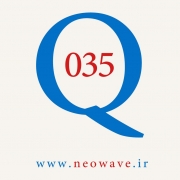
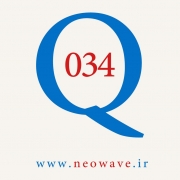
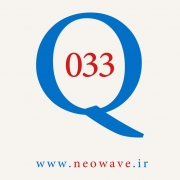
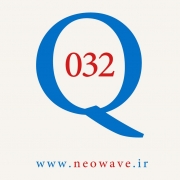
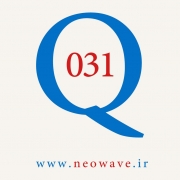
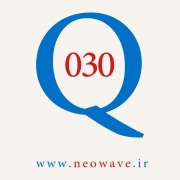
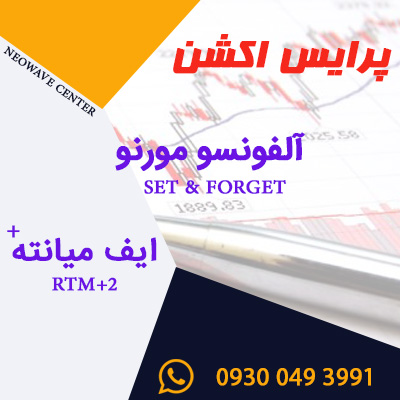
آخرین دیدگاهها